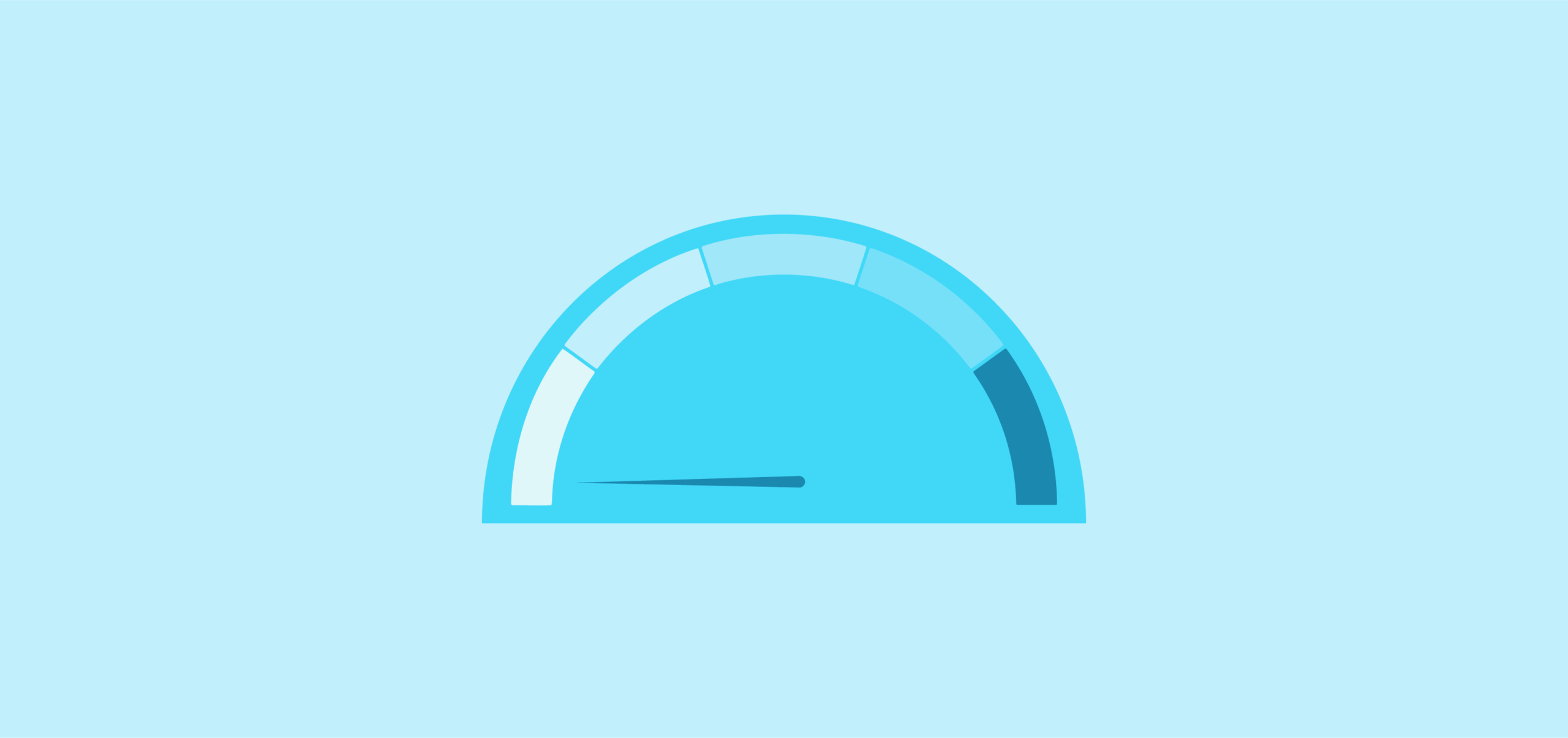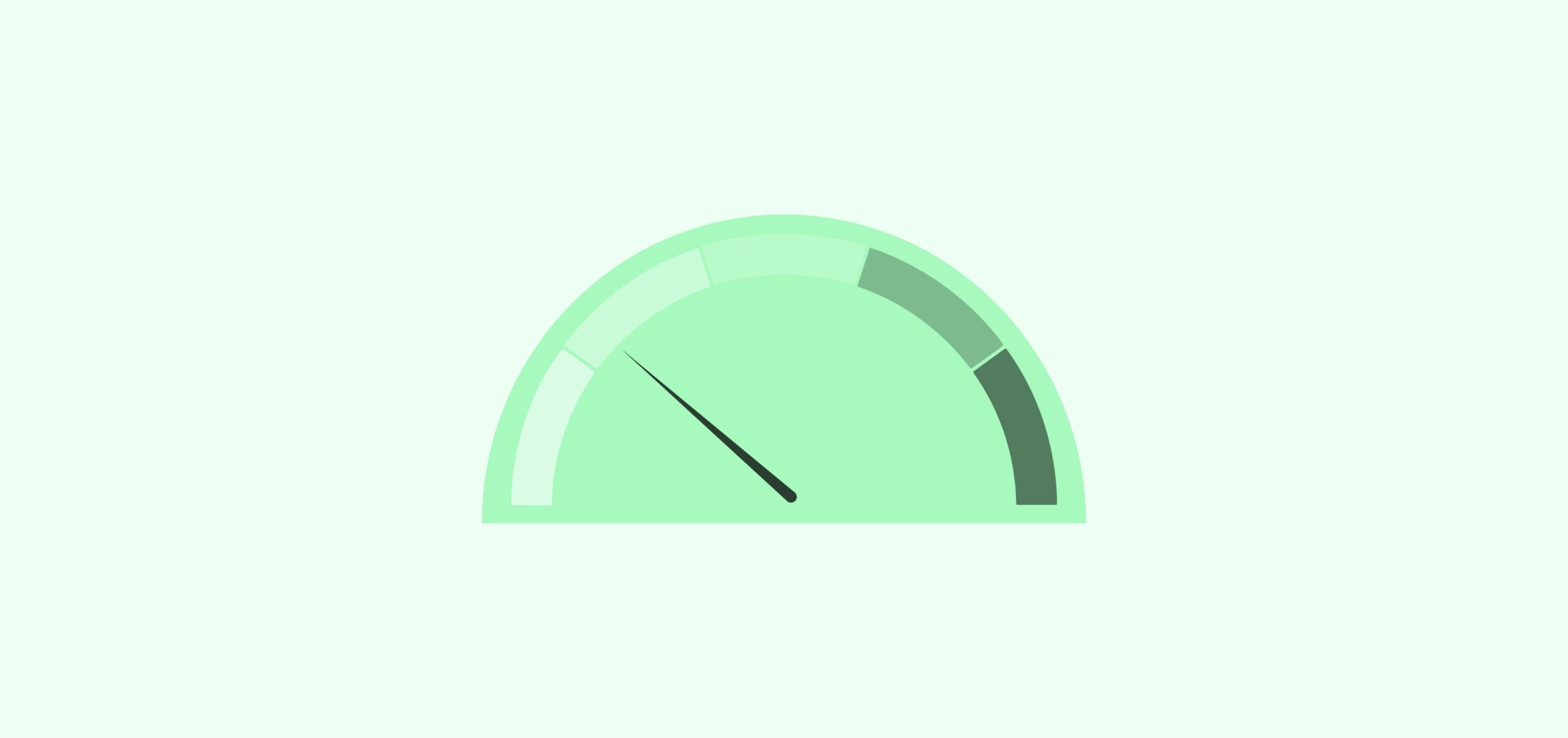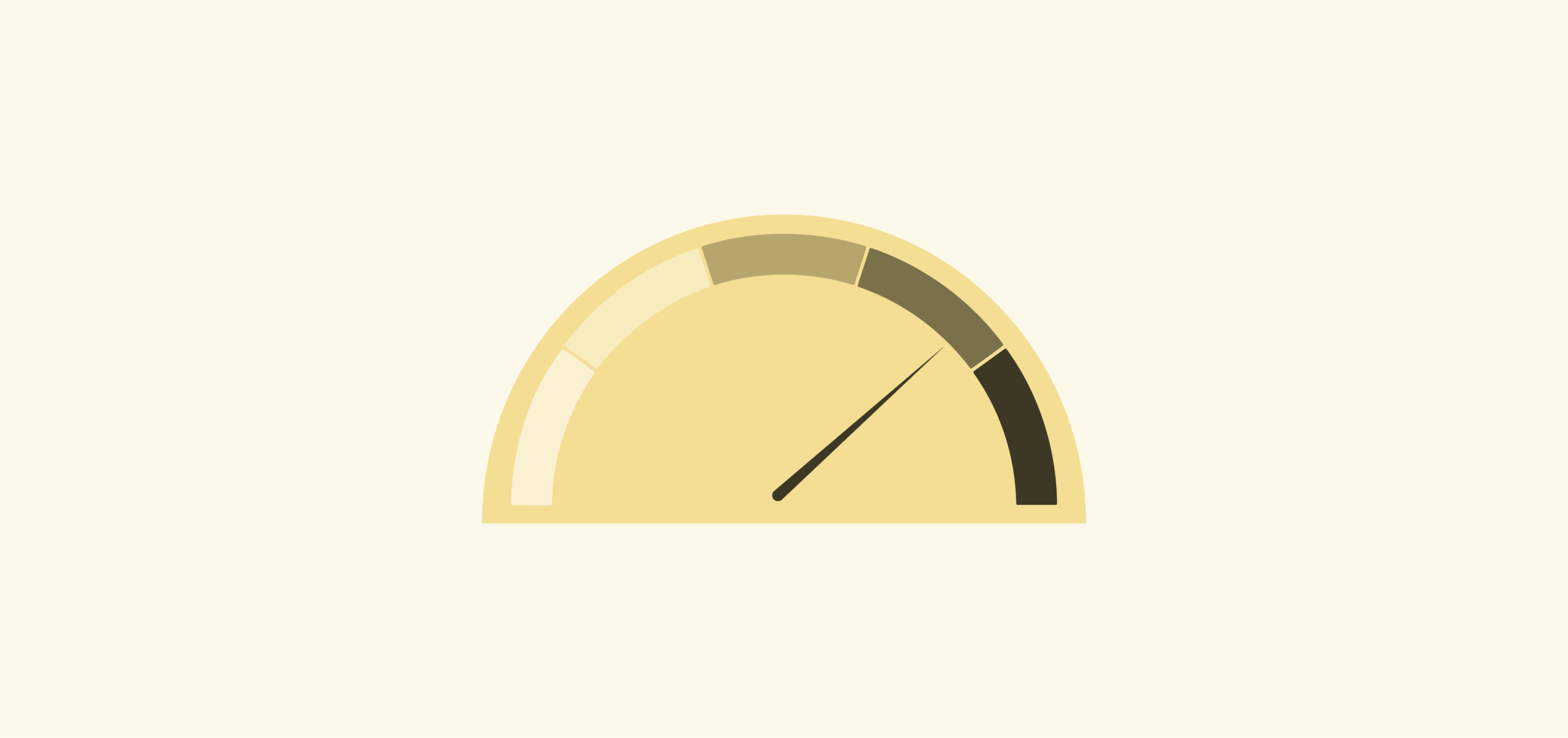The AI Assessment Scale (AIAS) is a practical framework designed to guide staff and students understand the role of Generative AI in assessments. It offers a transparent scale from no use permitted to AI-generated output expected, helping clarify expectations around what kinds of AI use are appropriate for each assessment task.
From Autumn 2025, the scale is embedded within all Canvas modules.
What?
The AI Assessment Scale (AIAS) is a practical framework designed to help universities set clear expectations around the use of Generative AI (GenAI) in assessment. It introduces a five-point scale, ranging from no AI use to full AI integration, that can be applied across different types of assessment. Each level of the scale outlines what kind of AI use is permitted, optional, or required, providing clarity to staff and students on how AI fits into assessments.
From Autumn 2025, the scale is embedded within all Canvas modules.
Transforming Assessment Practices in Higher Education with the AIAS
Dr Mike Perkins, one of the co-creators of the AI Assessment Scale, gave a keynote at Stirling’s Learning & Teaching Conference in June 2025. In the keynote, Dr Perkins clearly outlines the thinking behind the Scale and how it has evolved into the current version. If you are new to the Scale, we recommend that you watch this first.
Why?
The AI Assessment Scale (AIAS) helps students understand how they can use Generative AI tools in their coursework and assessments.
It is essential that students and staff share a clear understanding of how Generative AI should be used in assessment. The scale supports consistency, fairness, and informed decision-making around AI use. It also helps avoid confusion or misuse by setting out boundaries that are aligned with learning outcomes and academic integrity, so that AI is used ethically and effectively to support learning.
The AI Assessment Scale Levels
The scale ranges from Level 1 to Level 5, each describing a different expectation around AI use (select the table to view a larger version).


Perkins, Furze, Roe & MacVaugh (2024). The AI Assessment Scale.
Text alternative (AIAS Levels 1–5): Please select to expand.
- No AI: The assessment is completed entirely without AI assistance in a controlled environment, ensuring that students rely solely on their existing knowledge, understanding, and skills.
- You must not use AI at any point during the assessment. You must demonstrate your core skills and knowledge.
- AI Planning: AI may be used for pre-task activities such as brainstorming, outlining and initial research. This level focuses on the effective use of AI for planning, synthesis, and ideation, but assessments should emphasise the ability to develop and refine these ideas independently.
- You may use AI for planning, idea development, and research. Your final submission should show how you have developed and refined these ideas.
- AI Collaboration: AI may be used to help complete the task, including idea generation, drafting, feedback, and refinement. Students should critically evaluate and modify the AI suggested outputs, demonstrating their understanding.
- You may use AI to assist with specific tasks such as drafting text, refining and evaluating your work. You must critically evaluate and modify any AI-generated content you use.
- Full AI: AI may be used to complete any elements of the task, with students directing AI to achieve the assessment goals. Assessments at this level may also require engagement with AI to achieve goals and solve problems.
- You may use AI extensively throughout your work either as you wish, or as specifically directed in your assessment. Focus on directing AI to achieve your goals while demonstrating your critical thinking.
- AI Exploration: AI is used creatively to enhance problem-solving, generate novel insights, or develop innovative solutions to solve problems. Students and educators co-design assessments to explore unique AI applications within the field of study.
- You should use AI creatively to solve the task, potentially co-designing new approaches with your instructor.
Read more about each AIAS Level
How?
For each assessment, the expected level of AI use should be clearly stated using the AI Assessment Scale. Staff will be prompted to define the appropriate level when sharing assessment information for students in Canvas. The full scale is embedded in all modules.
Additional guidance and examples will be provided to support interpretation of the levels, along with links to relevant resources to ensure academic practice in working with AI.

Watch Dr Mike Perkins Keynote on SharePoint
Login Required
Watch the AI Assessment Scale Briefing led by Viktoria Mileva and Simon Horrocks
Login Required
What is GenAI?
GenAI is technology that can create new content like text, images, or code, based on patterns it has learned from large amounts of data. GenAI technology includes tools like ChatGPT, Gemini, Copilot, and Claude. These are also called Large Language Models (LLMs) and provide chat-like services to users, in the style of a conversation. There are other tools which students might use, like those which convert text-to-images (e.g. Midjourney, DALLE) and those which convert text-to-video (e.g. Sora, Veo 3).






